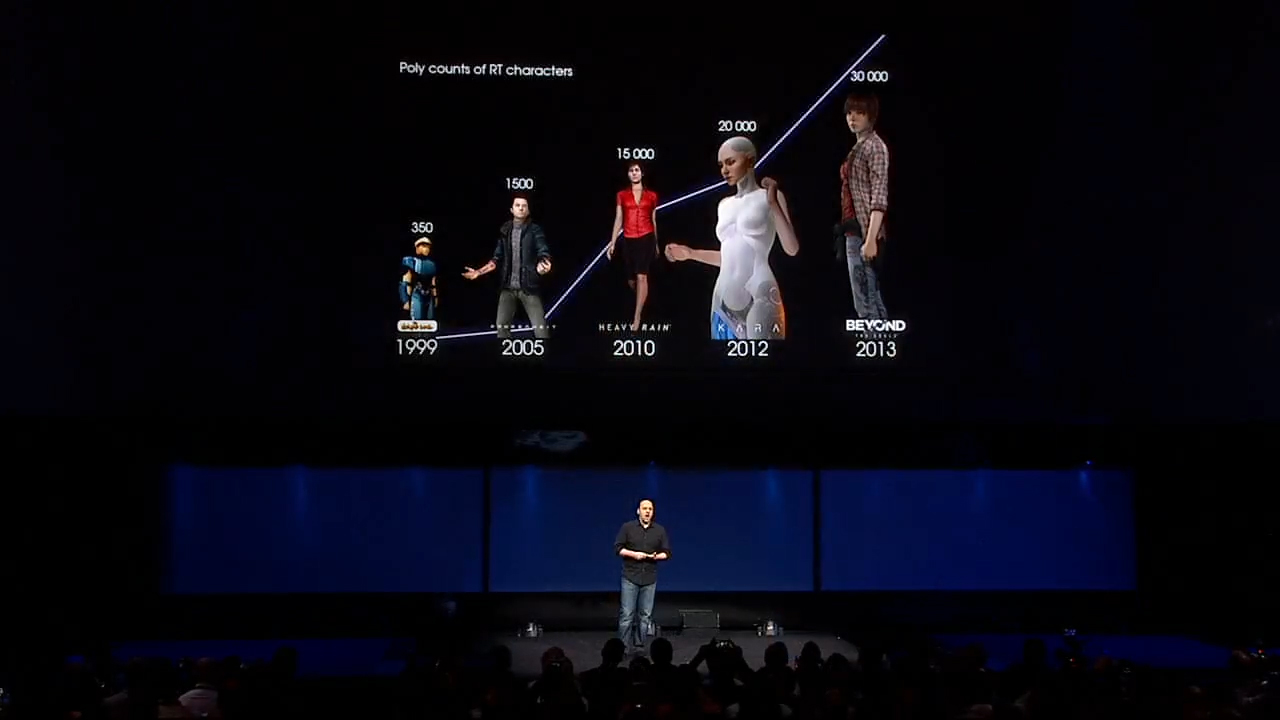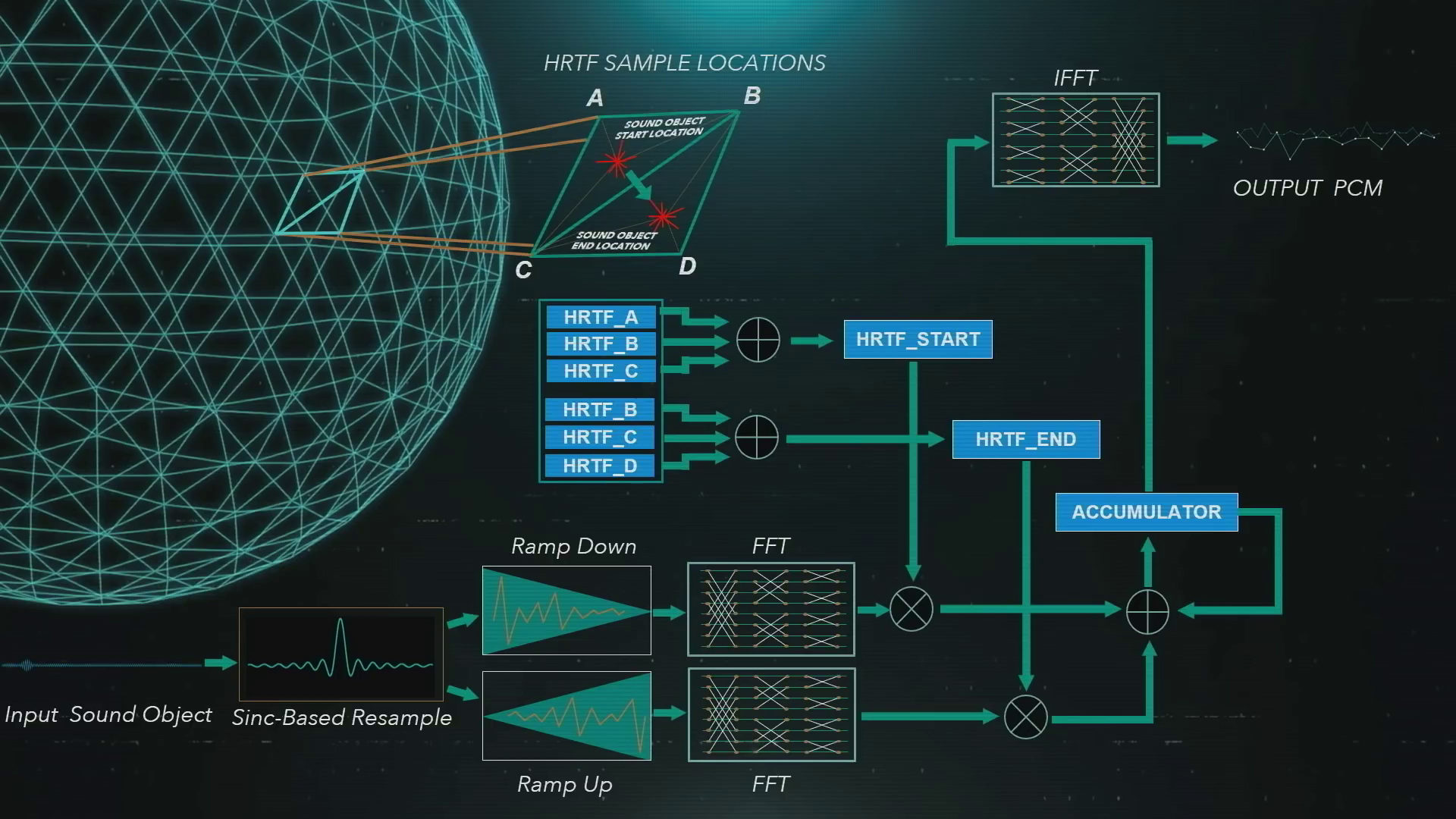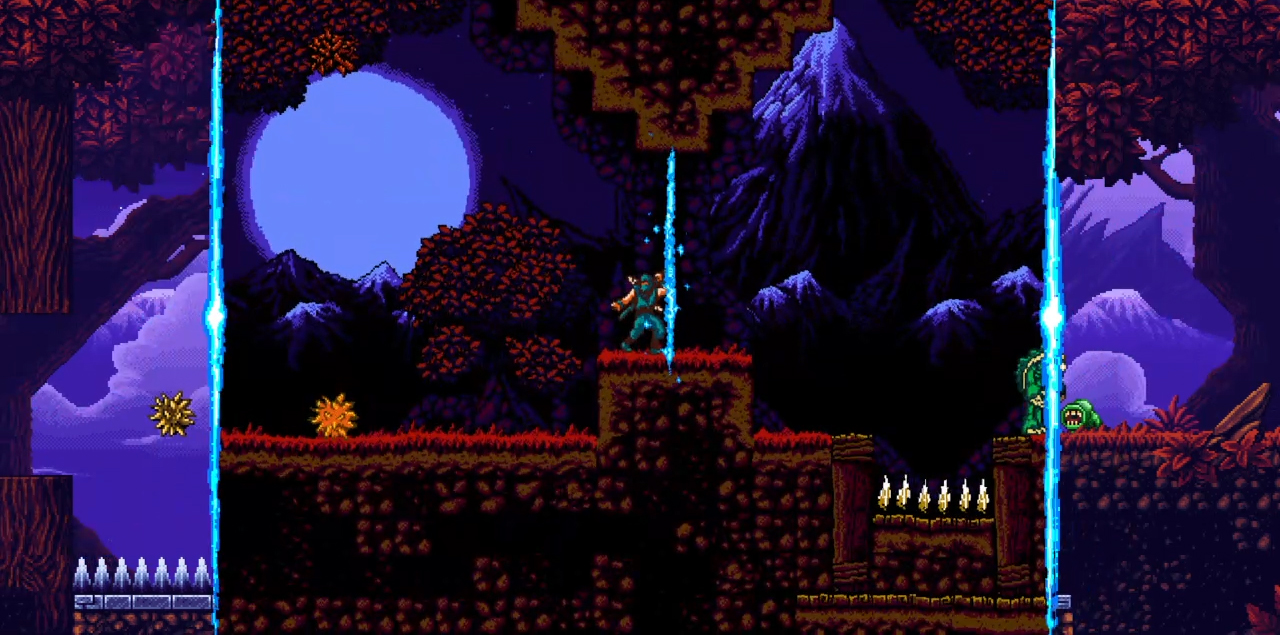If you are reading about video games on the internet, chances are it’s going to be impossible for you to avoid discussions of new consoles this year. The next boxes from Sony and Microsoft have only just been detailed (and, in the case of Sony, not yet actually shown), and yet we are already being inundated with rumors, speculation, leaks, and the occasional bit of official news. People are so anxious for information that Sony grabbed headlines at CES by simply showing a PS5 logo that looks exactly like the PS4 logo. The next-gen marketing machine is just getting warmed up.
Both Sony and Microsoft are going to spend millions of dollars trying to convince you that the new technology they are introducing is not just worth owning but is also in some way “innovative.” They are going to build a narrative that the new boxes they are selling are not simply machines that are going to play cool games. Instead, they will try to sell you on the idea that the technical prowess of these machines will push games forward as a medium. This is the narrative that is brought back out every time a new console is launched. If you go back and watch interviews and press conferences from previous launch cycles, you can hear comments like David Cage saying that technology is “what we rely on to get the player emotionally involved” and claiming that none of his games (including the then-unreleased Beyond: Two Souls) were able to capture complex emotions because they couldn’t utilize the power of the PlayStation 4. I don’t know if Cage believed this or if he was simply toeing the company line, but this is this kind of tech-fetishism that always comes with a new console launch, and it comes at the direct expense of both the history of games and games that don’t abide by that philosophy.

Credit: Sony
This marketing focus on “innovation” as the result of technological advancement is not exclusive to the launch of a new console, but a new console generation offers console manufacturers and game publishers a convenient metaphor. Nathan Altice has written that this generational metaphor turns game history into “the story of evolving progeny, each child more capable than its parent” with consoles begetting other consoles “until we arrive at the inevitable apex of now.” Of course, the implication in these words is that “now” is always changing. The apex will always be out of our reach, thus giving console manufacturers a reason to keep selling new consoles on the basis of innovation—of always reaching new apexes. As Altice says, “Industry and commerce push the metaphor because it reinforces a consumer culture of rapid obsolescence, fuels competition narratives between contrived market rivals, and builds and surveils categorical boundaries.” What this metaphor gets us is a never-ending stream of new machines and new marketing promising that we are this much closer to an impossible goal, all in the service of selling us more $500 boxes.
But the problem isn’t only with what the generational metaphor brings. We also can’t forget what it leaves behind. For, as Altice points out, “History loses the losers: the weird, the obscure, the silent, the marginalized, the amateur, the transgressive, the bespoke, the baroque, the banal.” If the pinnacle of video games is marked by technical advancement, then creators not reaching for that pinnacle are simply out of step. Games made on smaller budgets or those that simply reject the traditional, triple-A design ethos must have something wrong with them. In this context, these games are, at best, not pushing the medium forward. At worst, they’re holding it back.

Credit: Sony
The reality, of course, couldn’t be further from the truth. Kentucky Route Zero isn’t going to make your computer melt, but it’s a more exciting vision of what storytelling in games can be than the latest six-studio triple-A production that wants to look like a blockbuster movie. Heaven Will Be Mine is made up of mostly still images, but it presents a queer love story set during a galactic war that explores our relationships and how they relate to the world around us with a rawness and depth that’s not reliant on motion capture and volutmetric lighting. Getting Over It with Bennett Foddy is created almost entirely from preexisting store-bought assets, but it pushes at the ideas of how and why we interact with games in ways that most titles toiled over by a small army of 3D modelers never want you to consider. These are three games that, for wildly different reasons, have been on my mind lately, but there are thousands of other examples you could substitute in here. People create games that challenge what the medium is and what it could be every day, and they do so on comparatively miniscule budgets. New technology can be a nice asset to have, but technology alone is not going to advance the industry forever. The people who are truly pushing games forward, the ones who are actually making progress, are often the ones that stand apart from the narrative of technological progress the industry sells us.

Credit: Pillow Fight Games, Worst Girl Games
Directly challenging the dominant metaphors of the industry is important, but it’s equally important to try and imagine new metaphors. It’s with this challenge in mind that I look towards Sabotage Studios’ 2018 action-platformer The Messenger. This is a game that by almost all accounts is not revolutionary. It is another in a long line of retro-style platformers with pixel-art graphics and chiptune music that attempts to capture the feel of the 8- and 16-bit eras while smoothing over their perceived rough edges. It worships at the altar of an already-canonized series in Ninja Gaiden, and it has a story that ultimately suggests breaking out of a cyclical experience of history in order to move forward. But it also explicitly wraps itself in the generational metaphor in a way that very few games do, and in doing so it actually starts to subtly reimagine it.
All retro-style games are to some degree interested in generational metaphors, and potentially interested in disrupting them through their overt appeals to the past, but The Messenger is much more literal in its invocation of those metaphors. After about three hours of playing a game styled after 8-bit classics, you enter a time temple and come out the other side with the character literally moved forward in time and the world around them taking on the appearance of a 16-bit game—from NES to Super Nintendo. The final two-thirds of the game require you to return to areas you’ve already been to, now with new music and art. The Messenger is, quite literally, a game about console generations.

Credit: Sabotage Studios
When I first played The Messenger, I thought that the game was going to present the progression of console generations at face-value and suggest that as time moves forward, so do games. But that old technology never disappears. In order to complete missions and maneuver your way through the back portions of the game, you have to constantly switch between the two styles. The older technology is always there and always relevant, not an obstacle or an inconvenience. There are extended portions of the back half of the game that you spend in 8-bit mode.
This is a major recontextualization of the generational metaphor. Instead of viewing game history as one of endless progress, it’s a vision of past and future console hardware laid on top of each other, coexisting, with one never replacing the other. In The Messenger, you spend a lot of time exploring the past in order to solve problems in the future, playing with the idea that history is something we can learn from, that artifacts can still have a purpose without being cutting-edge. In his video about Phantasy Star IV, Yaz Minksy says, “We look at all these postmodern and clever and self-aware games, and we talk about how we’re living in an advancing age of ludonarrative cohesion and gameplay-plot integration. But these tools have always been there. Looking back, we can see games playing with these ideas.” The ability to represent different perspectives, be self-critical or critical of the world, or simply tell emotionally resonant stories are not things granted to us by an SSD. As long as there have been games, there have been people exploring the depths of what the medium is capable of, and the people still doing so today often aren’t pushing technical boundaries.
When we are inevitably presented with a progress narrative about the PlayStation 5 or Xbox Series X, we should scrutinize it and understand it as the marketing narrative that it is. If we don’t, not only do we give too much power to Sony and Microsoft to control the conversation, but more importantly we take power away from games like Phantasy Star IV and Kentucky Route Zero. Legitimizing the progress narrative delegitimizes all art that doesn’t subscribe to it or that is made outdated by it, and to do that is to do a major disservice to a lot of great and ambitious games.

Stephen Mansfield is a freelance critic based out of New Jersey who just finished his undergrad English studies and can’t stop thinking in metaphors. You can read more of his stuff at stephenamansfield.com and follow him on Twitter @mmmfield.